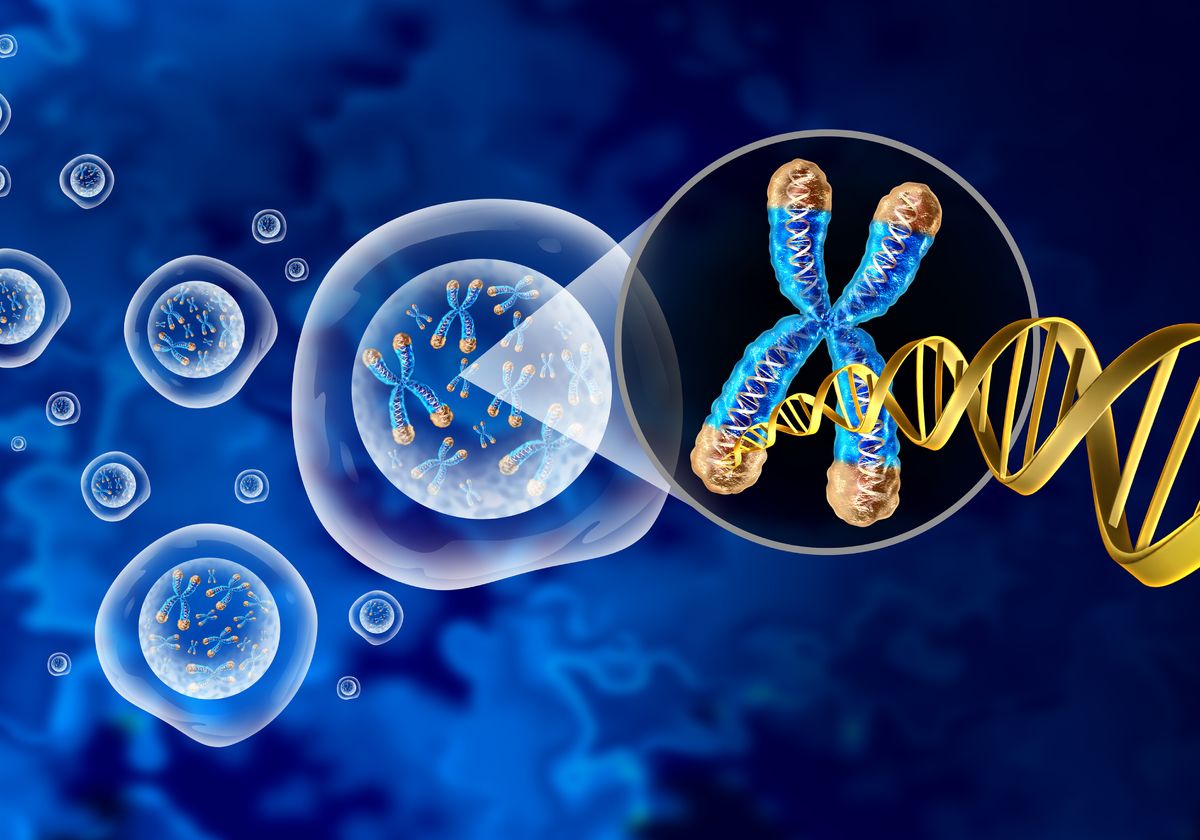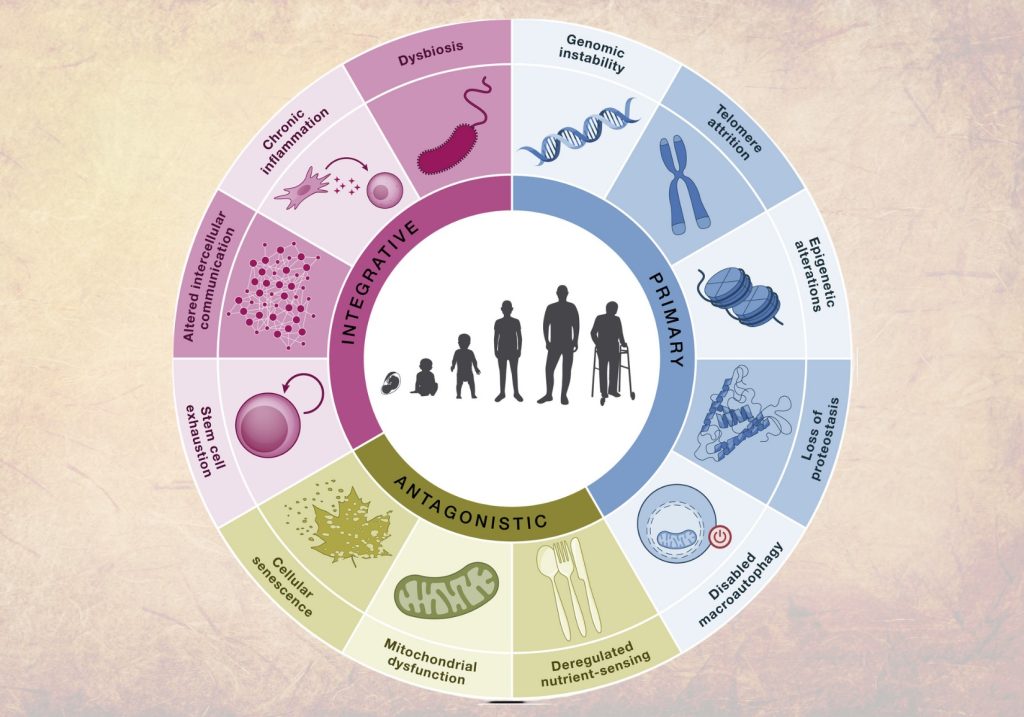#2 Anti-Aging Combination Review : Rev-Age™ NMN, Veri-te™ Resveratrol, BioPQQ™ Pyrroloquinoline Quinone

Anti-Aging Combination Review : Rev-Age™ NMN, Veri-te™ Resveratrol, BioPQQ™ Pyrroloquinoline Quinone by Dr Chew
Aging is an irreversible process marked by cellular and tissue decline, increasing susceptibility to diseases like neurodegeneration, cardiovascular issues, and metabolic dysfunction. At the molecular level, it involves genomic instability, telomere shortening, epigenetic changes, proteostasis loss, impaired autophagy, mitochondrial dysfunction, cellular senescence, stem cell exhaustion, and dysregulated nutrient sensing. These disruptions lead to tissue degeneration, with mitochondrial dysfunction increasing ROS and autophagy decline accelerating protein aggregation and disease risk.
Anti-Aging Strategies
Interventions targeting aging mechanisms aim to extend healthspan and mitigate disease risks. These strategies can be categorized into lifestyle modifications, pharmacological approaches, and other emerging therapies.
Lifestyle Modifications
Physical exercise enhances mitochondrial function, stimulates autophagy, and improves cardiovascular resilience, directly countering multiple aging hallmarks. Dietary interventions, such as caloric restriction and intermittent fasting, mimic nutrient-sensing pathways (e.g., AMPK activation) to delay aging in model organisms.
Pharmacological Approaches
There are multiple ingredients that have shown efficacy in anti-aging. These ingredients include nicotinamide mononucleotide, resveratrol, and Pyrroloquinoline quinone (PQQ) which act on various pathways to deter aging. Others such as senolytic helps selectively eliminate senescent cells, reducing inflammation and tissue damage. mTOR inhibitors extend lifespan by modulating cellular metabolism and stress responses. Antioxidants reduces oxidative damage by scavenging free radicals. Let’s discuss further.
Rev-Age™ Nicotinamide mononucleotide
Rev-Age™ Nicotinamide mononucleotide has emerged as a promising anti-aging compound due to its role in boosting cellular levels of nicotinamide adenine dinucleotide (NAD+), a coenzyme critical for energy production, DNA repair, and mitochondrial function. As NAD+ levels naturally decline with age, NMN supplementation offers a potential pathway to counteract age-related physiological decline by replenishing this vital molecule.
- Cellular rejuvenation and metabolic benefits
NMN supplementation increases NAD+ concentrations, enhancing cellular energy metabolism and activating sirtuins—proteins involved in DNA repair and longevity. A double-blind clinical trial involving 66 healthy adults aged 40-65 showed that 300mg daily NMN intake for 60 days significantly improved insulin sensitivity (HOMA-IR) and NAD+ levels. Postmenopausal women receiving 300mg NMN for eight weeks experienced improved glucose metabolism, reduced skin glycation, and increased adiponectin levels—a hormone regulating glucose and fatty acid breakdown. - Physical performance and cardiovascular health
Studies reveal NMN’s ability to enhance mitochondrial function in muscle cells, improving endurance and physical performance. In a trial with older adults, NMN supplementation reduced fatigue and improved muscle responsiveness. Cardiovascular benefits include improved blood flow, reduced inflammation, and lower blood pressure, attributed to NMN’s role in maintaining vascular elasticity and endothelial function. - Cognitive protection and skin health
NMN demonstrates neuroprotective potential by supporting mitochondrial quality control and reducing oxidative stress in brain tissue. Preclinical studies suggest it may mitigate cognitive decline in Alzheimer’s models through enhanced neuronal survival and reduced amyloid-beta accumulation. The compound also exhibits dermatological benefits, with clinical trials showing improved skin elasticity and reduced wrinkle formation through NAD+-mediated collagen synthesis and reduced glycation.
Veri-te™ Resveratrol
Resveratrol, a polyphenol found in red wine, grapes, and berries, has gained attention for its anti-aging properties. This antioxidant compound combats oxidative stress, enhances cellular repair, and influences longevity pathways. Activating sirtuin 1 (SIRT1), improving mitochondrial function and cellular stress resistance.
- Skin Rejuvenation and Photoprotection
Clinical studies show that topical application of resveratrol formulations improves skin elasticity, reduces wrinkle depth, and enhances hydration. It protects against UV-induced damage by inhibiting collagen breakdown, stimulating collagen production, and reducing inflammatory markers associated with photoaging. - Systemic Anti-Aging Benefits
Resveratrol demonstrates protective effects against age-related pathologies:
Cardiovascular System: It enhances nitric oxide production, reduces arterial stiffness, lowers oxidized LDL cholesterol, and inhibits platelet aggregation.
Cognitive Function: Supplementation improves cerebral blood flow and enhances verbal memory retention in postmenopausal women. It also reduces beta-amyloid plaques associated with Alzheimer’s disease in animal models.
Metabolic Regulation: Resveratrol improves insulin sensitivity in type 2 diabetes patients and increases mitochondrial density in skeletal muscle, counteracting age-related metabolic decline. - Longevity and Lifespan Extension
Animal studies have shown that resveratrol extends median lifespan in various species, including yeast, nematodes, fish, and mice. These effects are mediated through SIRT1-dependent pathways that enhance DNA repair efficiency and reduce oxidative damage accumulation.
BioPQQ™ Pyrroloquinoline Quinone
Pyrroloquinoline quinone (PQQ), a vitamin-like compound found in foods like kiwi and fermented soybeans, has emerged as a promising anti-aging nutrient with multifaceted benefits. Research highlights its ability to combat age-related decline by targeting mitochondrial health, oxidative stress, inflammation, and cellular senescence—key drivers of aging.
- Mitochondrial Support and Energy Production
PQQ enhances mitochondrial biogenesis, stimulating the creation of new mitochondria while recycling damaged ones. This process counteracts age-related mitochondrial dysfunction, which contributes to energy deficits in organs like the brain, heart, and muscles. Improved mitochondrial function helps maintain muscle mass and strength in aging mice, reducing sarcopenia (age-related muscle loss) by lowering oxidative stress and inflammation in skeletal muscles. - Antioxidant and Anti-Inflammatory Effects
As a potent antioxidant, PQQ neutralizes free radicals and activates the Nrf2 pathway, a master regulator of cellular defense against oxidative stress. This mechanism reduces chronic inflammation (“inflammaging”) linked to conditions like osteoporosis and atherosclerosis. In bone tissue, PQQ balances osteoblast and osteoclast activity, preventing age-related bone density loss by inhibiting excessive bone resorption. Similarly, it protects against hearing loss by preserving cochlear structures from oxidative damage. - Cognitive Benefits Across Ages
Clinical trials demonstrate PQQ’s neuroprotective effects, with 20 mg/day improving memory in adults over 45 and enhancing processing speed in younger individuals (20–40 years). Its ability to reduce reactive oxygen species in brain cells may explain these cognitive benefits, particularly in verbal and complex memory tasks. - Skin and Cellular Health
Oral PQQ supplementation reduces oxidative DNA damage and matrix metalloproteinases (MMPs) in skin cells, slowing collagen breakdown and cellular senescence. Studies in mice show it decreases p53 and p21 markers of cell aging while promoting skin cell proliferation. These effects suggest potential for mitigating visible skin aging. - Longevity Potential
Animal studies reveal striking lifespan effects, PQQ extended roundworm longevity by 30% and improved metabolic parameters in aged mice. By reducing senescent cell accumulation and their pro-inflammatory secretions, PQQ addresses fundamental aging mechanisms. Its dual action on mitochondrial health and cellular senescence positions it as a “longevity vitamin” with systemic anti-aging properties.
References
- Epigenetic alterations in aging [Internet]. PubMed. [cited 2025 Feb 4]. Available from: https://pubmed.ncbi.nlm.nih.gov/20448029/
- Mitochondrial dysfunction in cell senescence and aging [Internet]. PMC. 2022 Jul 1 [cited 2025 Feb 4]. Available from: https://pmc.ncbi.nlm.nih.gov/articles/PMC9246372/
- Exploring the effects of Dasatinib, Quercetin, and Fisetin on DNA methylation [Internet]. Aging-US. 2024 Feb 22 [cited 2025 Feb 4]. Available from: https://www.aging-us.com/article/205581/text
- Katayama S, Tatematsu Y, Kondo T. Nicotinamide mononucleotide (NMN) as an anti-aging health product https://pubmed.ncbi.nlm.nih.gov/35499054/
- Yoshino M, Yoshino J, Kayser BD, et al. Nicotinamide mononucleotide increases muscle insulin sensitivity in prediabetic women. Science. 2021;372(6547):1224-1229. doi:10.1126/science.abe9985 https://www.science.org/doi/10.1126/science.abe9985
- Baur JA, Sinclair DA. Therapeutic potential of resveratrol: the in vivo evidence. Nat Rev Drug Discov. 2006;5(6):493-506. https://www.nature.com/articles/nrd2060
- Smoliga JM, Baur JA, Hausenblas HA. Resveratrol and health–a comprehensive review of human clinical trials. Mol Nutr Food Res. 2011;55(8):1129-41. https://pubmed.ncbi.nlm.nih.gov/21688389/
- Niigata Research Laboratory, Mitsubishi Gas Chemical Company, Inc. Dietary pyrroloquinoline quinone hinders aging progression in male mice and D-galactose-induced cells. Front Aging. 2024 Feb 29;5:1351860. Available from: https://www.frontiersin.org/journals/aging/articles/10.3389/fragi.2024.1351860/full
- Zhang Y, Li H, Wang X, et al. Pyrroloquinoline quinone alleviates natural aging-related osteoporosis via a novel MCM3-Keap1-Nrf2 axis-mediated stress response and Fbn1 upregulation. Aging Cell. 2023 Sep;22(9):e13912. doi:10.1111/acel.13912. https://pubmed.ncbi.nlm.nih.gov/37365714/


